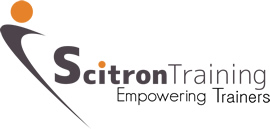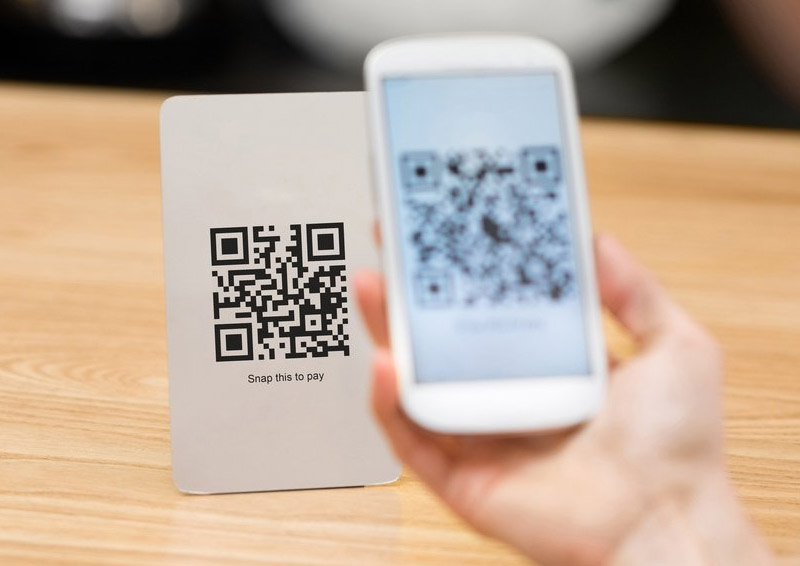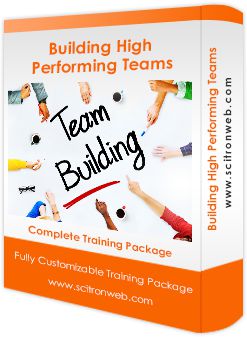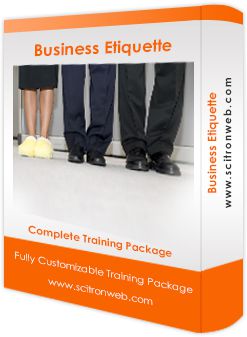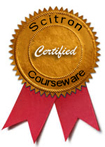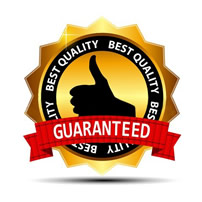A Quick Response (Quick Response) code is a digital image that can be scanned without the beam of light needed to scan barcodes at the supermarket. It’s used in advertising and marketing for smartphone users.
You may have seen QR codes on flyers, subway posters, brochures, and even cereal boxes. They are often accompanied with a message that says, “For more information, scan this code.”
They can be scanned using one of the many free QR scanner apps available for smartphones and tablets. When you scan the code, you’ll be taken directly to a website. QR codes are easy to make and can quickly change your normal routine. One use for QR codes that is easy to appreciate is that it eliminates the frustration of typing long web addresses and takes your participants directly to the website.
1. Provide a QR code tutorial. Be sure to send all participants a tutorial on how to use QR codes.
2. Gather data. Take participants to a poll or a learning survey to participate.
3. What’s the date? QR codes can be used to create a calendar item or event. It can facilitate adding a learning event to participants’ electronic calendars.
4. No more long web addresses. Provide participants with links directly to content, such as a video, a website, or an article.
5. Save time and trees. Using QR codes can reduce paper usage and provide participants with an online version of learning materials that can be downloaded.
6. Stay in touch. Offer a QR code with your contact information to make you available for web chatting or a phone call.
7. Share resources. Participants may request additional reading or resources. Create a reading list and provide a QR code to participants to access the list.
8. Follow-up support. If participants need additional review on a concept, use a QR code to link them to a tutorial or additional resource to support their learning.
9. QR code scavenger hunt. Add some fun to your session. Create a scavenger hunt using a QR code to introduce training materials or to present courseware or content. You can do this in a virtual or a physical classroom.
10. Preparation before your session. Provide pre-work materials for a learning session using a QR code. You can also use a QR code to direct participants to a needs assessment in order to collect information about their experience, goals for the training, and level of knowledge on the subject matter to prepare suitable training materials and courseware in advance.
